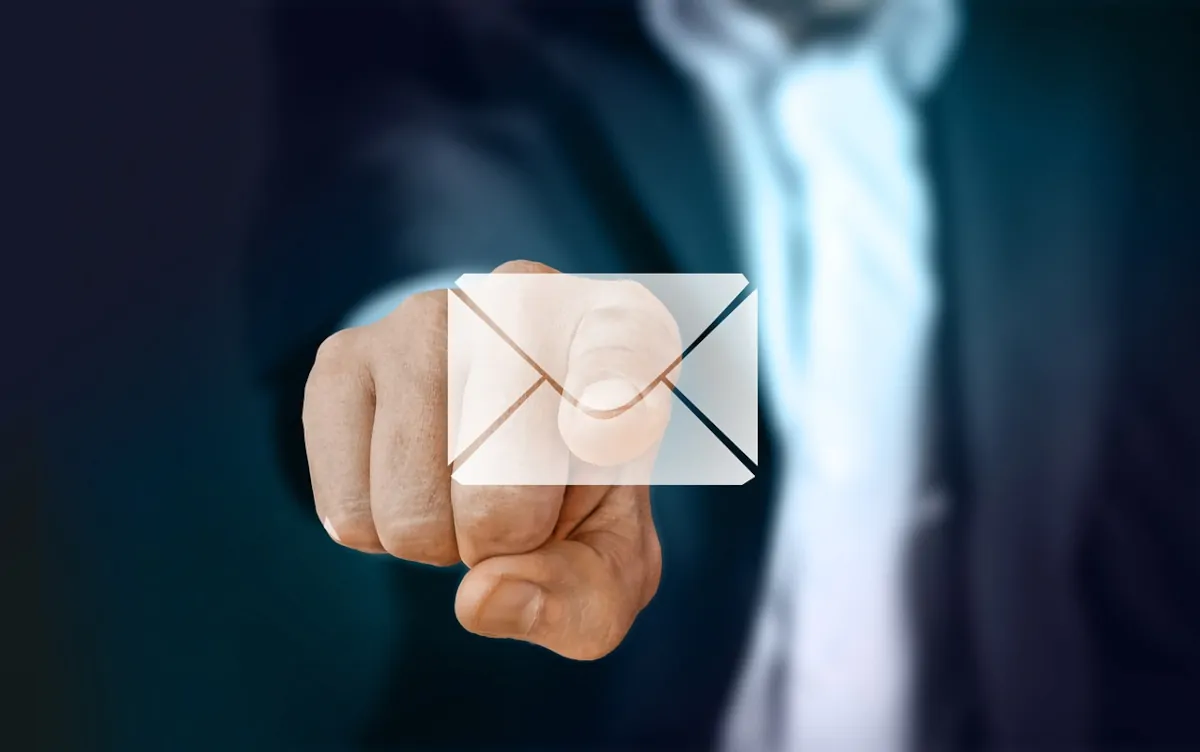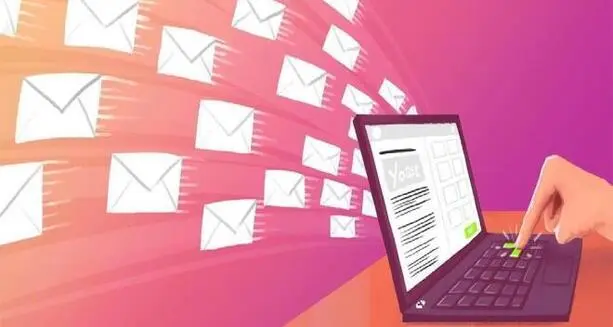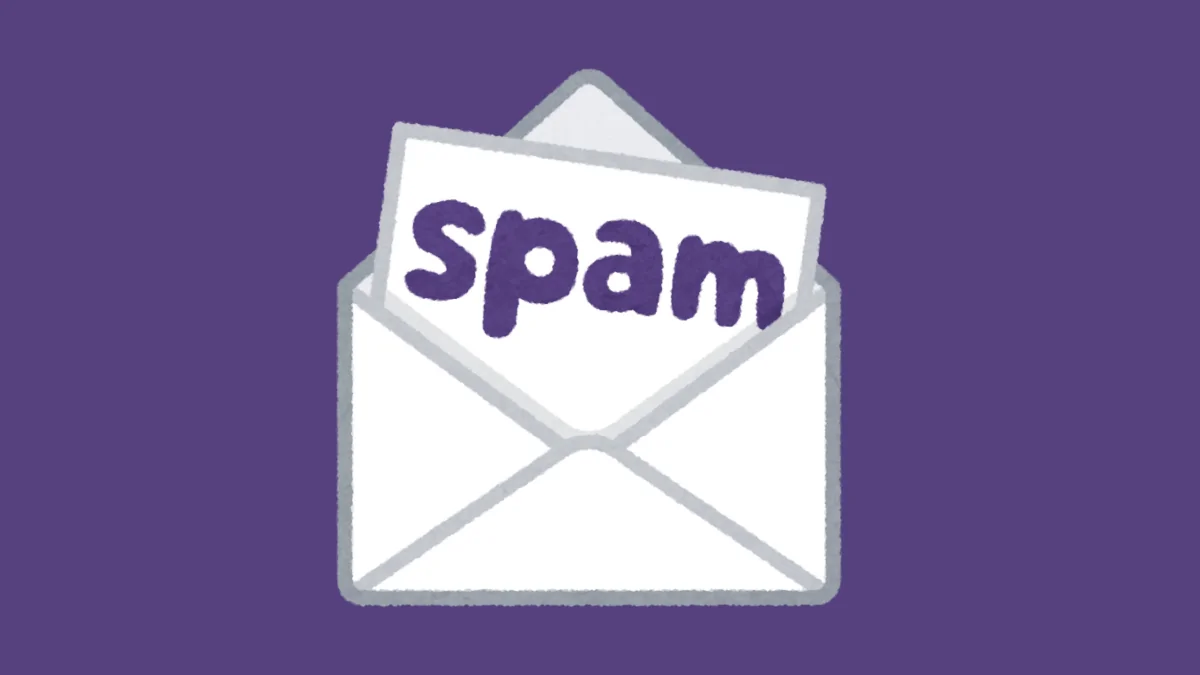
We all know how annoying it is when our emails end up in the spam folder. When emails land in the spam folder, they often go unnoticed, causing missed opportunities and broken communication. This blog post explores how to prevent emails from going to the spam folder, ensuring your important messages make it to the inbox.
Why It's Important
Preventing emails from going to the spam folder is essential for effective communication. If your emails are constantly marked as spam, it means you're missing out on potential connections, sales, and opportunities. Ensuring your emails reach the inbox is crucial for maintaining good relationships with your audience and achieving your communication goals. According to HubSpot, more than 60% of marketers say that their email marketing strategy is the most effective for their business. However, this effectiveness can be severely hindered if emails don't even make it to the recipient's inbox.
How to prevent it?
The following are the ways to prevent emails from going to the spam folder:
Use a Recognizable Sender Name
One of the first things email recipients notice is the sender name. Using a recognizable and professional sender name can help build trust and increase the chances of your email being opened. Avoid using generic names or ones that might seem suspicious to recipients. According to a report by Return Path, 77% of email recipients prefer getting emails from a recognized sender name. This means using your company's name or your own name can significantly boost your email open rates.
Implement Email Warm-Up Strategies
Using 360MarketingTool.com's email warming tool can significantly improve your email deliverability. Gradually increasing the volume of emails sent from a new or unused email account helps build a positive sender reputation with email service providers. Email warming tool ensures that your emails are less likely to end up in the spam folder, ultimately leading to higher open rates and better engagement with your audience. By integrating these strategies, businesses can enhance their email marketing campaigns' effectiveness and achieve better results.
Write a Clear and Concise Subject Line
The subject line is the first impression your email makes. Make sure it's clear, concise, and relevant to the content of your email. Avoid using all caps, excessive punctuation, or spam trigger words like "Free" or "Win." A well-crafted subject line can entice recipients to open your email. As per Campaign Monitor, 69% of email recipients report an email as spam based on the subject line alone. Therefore, crafting an engaging and honest subject line is critical.
Keep It Personal
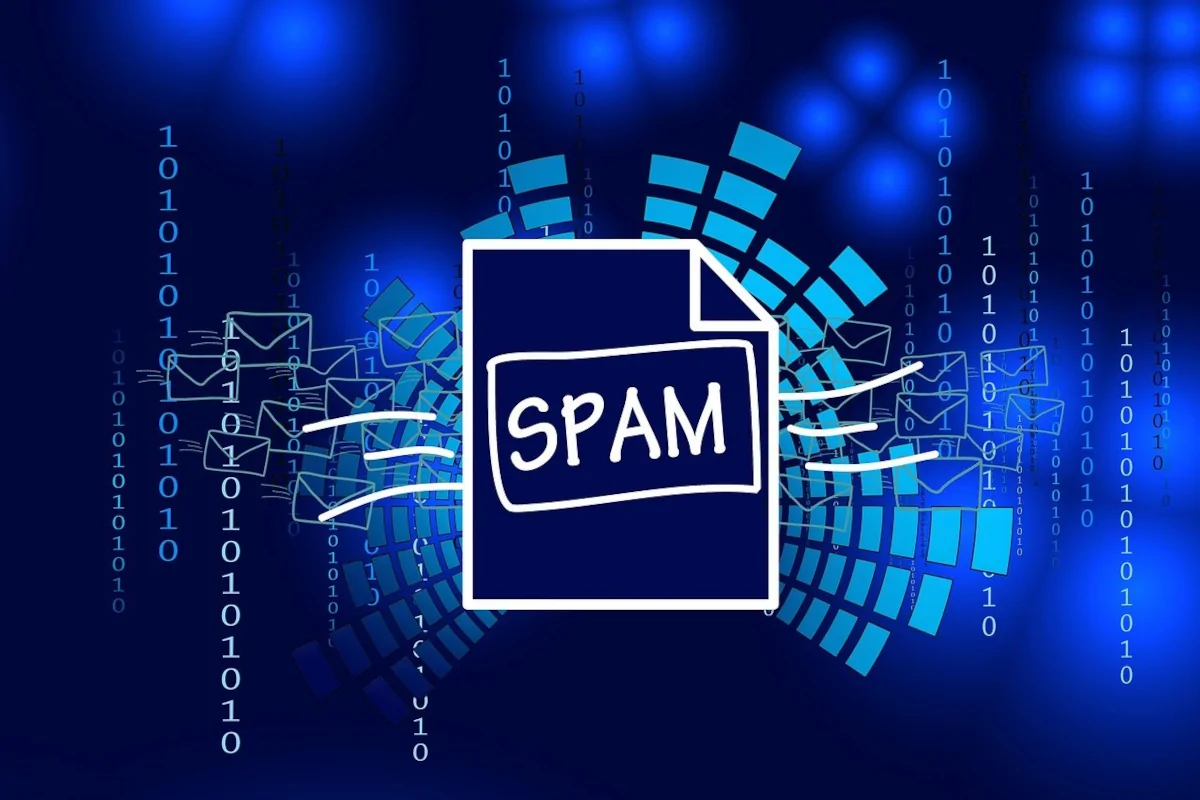
Personalization goes a long way in email marketing. Address your recipients by their names and tailor the content to their interests and needs. Personalized emails are less likely to be marked as spam because they feel more relevant to the recipient. A study by Experian found that personalized emails deliver 6 times higher transaction rates. This means incorporating the recipient's name and relevant information can make a huge difference.
Avoid Spam Trigger Words
Certain words and phrases are red flags for spam filters. Words like "Free," "Win," "Exclusive Offer," and "Guaranteed" can trigger spam filters and send your email straight to the spam folder. Be mindful of the language you use and try to avoid these triggers. According to MailChimp, certain words increase the likelihood of an email being marked as spam. Words such as "free" can trigger spam filters, so it's best to use them sparingly or find alternatives.
Include a Plain Text Version
Some email clients prefer plain text emails over HTML. Including a plain text version alongside your HTML email can help ensure your message gets through spam filters. This way, your email is accessible to a wider range of email clients. According to Litmus, 62% of email clients prefer plain text emails. This means including a plain text version can make your emails more accessible and reduce the chances of them being flagged as spam.
Check Your Email's Spam Score
Before sending out your email, use tools like Mail Tester or GlockApps to check your email's spam score. These tools can identify potential issues and help you make necessary adjustments to improve deliverability. These tools analyze various elements of your email, such as your subject line, content, and sender reputation, and provide you with a score. Making adjustments based on these scores can significantly improve your email deliverability.
Ask Recipients to Whitelist Your Email
Encourage your recipients to add your email address to their contacts or whitelist it. This ensures that your emails go straight to their inbox and are less likely to be marked as spam. According to Constant Contact, asking your subscribers to whitelist your email address can significantly improve your email deliverability rates. This is because your email address will be recognized as a trusted sender.
Use a Reliable Email Service Provider
Choosing a reputable email service provider can make a big difference in your email deliverability. Email marketing tools like SendGrid, MailChimp, and Constant Contact have measures in place to ensure your emails meet the necessary standards for deliverability. According to GetResponse, using a reputable email service provider can increase your email deliverability rates by up to 15%. This is because these providers have established relationships with ISPs and can ensure your emails meet the necessary standards.
Don't Overdo It with Links and Images
Emails that are packed with too many links and images can be flagged as spam. Keep your emails clean and focused, with a balanced mix of text and visuals. According to HubSpot, emails with fewer links and images have higher deliverability rates. This is because too many links and images can make your email look like spam and trigger spam filters.
Include an Unsubscribe Link
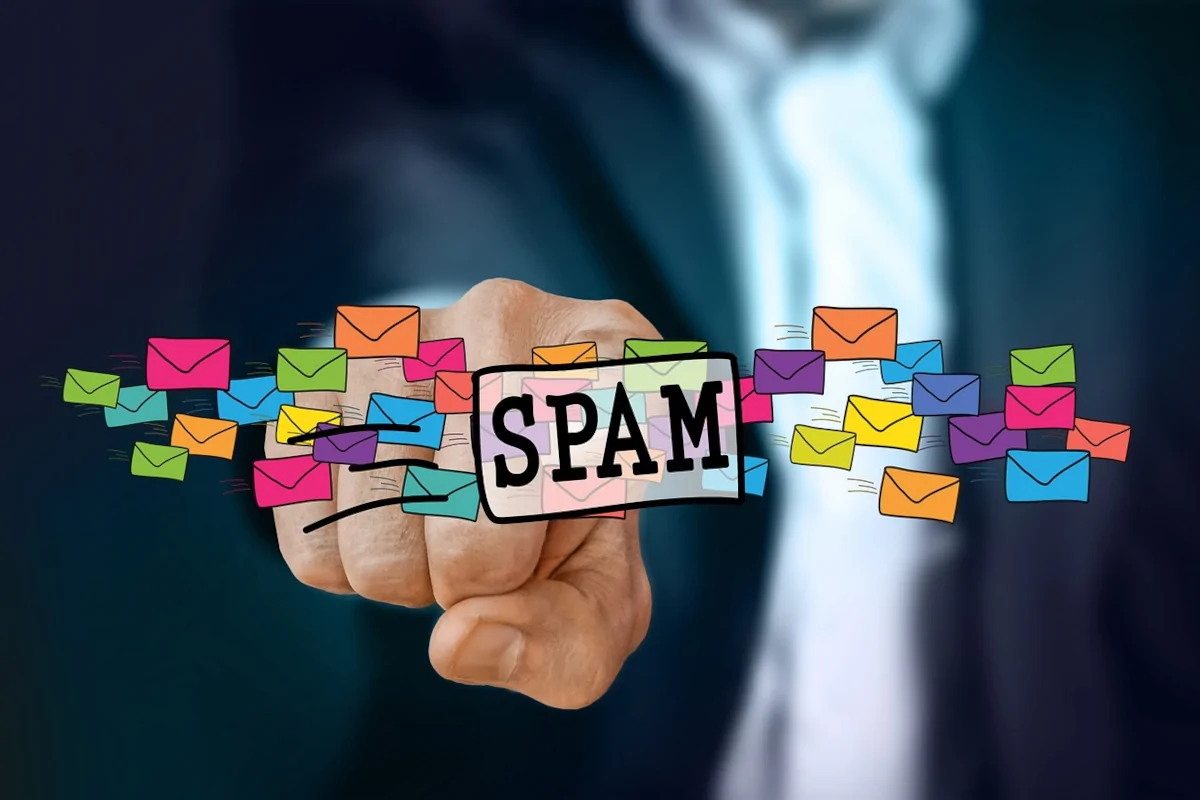
Including an unsubscribe link in your email is not only a legal requirement but also a good practice. It shows that you respect your recipients' preferences and helps build trust. This can prevent your emails from being marked as spam. According to the CAN-SPAM Act, all marketing emails must include an unsubscribe link. This ensures that recipients can easily opt-out if they no longer wish to receive your emails.
Monitor Your Email Engagement Metrics
Keep an eye on your email engagement metrics such as open rates, click-through rates, and bounce rates. High engagement levels indicate that your emails are relevant to your audience, which can improve your sender reputation and prevent your emails from being marked as spam. Low engagement rates, on the other hand, can be a sign that your emails are being perceived as spam.
Maintain a Clean Email List
Regularly clean your email list to remove inactive subscribers and invalid email addresses. Sending emails to a clean list improves your deliverability rates and reduces the chances of your emails being marked as spam. According to SendGrid, maintaining a clean email list can improve your deliverability rates by up to 20%.
Avoid Using Shortened URLs
Using shortened URLs in your emails can raise red flags for spam filters, as they are often associated with phishing attempts. Instead, use full URLs or branded short links to improve trust and deliverability. According to Return Path, emails with shortened URLs are 25% more likely to be marked as spam.
Authenticate Your Domain
Setting up email authentication protocols such as SPF, DKIM, and DMARC can help verify that your emails are coming from a trusted source. This can improve your sender reputation and prevent your emails from being marked as spam. According to Litmus, authenticated emails have a 10% higher deliverability rate compared to non-authenticated emails.
Segment Your Email List
Segmenting your email list allows you to send targeted and relevant content to your subscribers. This can improve engagement rates and reduce the chances of your emails being marked as spam. According to HubSpot, segmented email campaigns have a 14% higher open rate and a 10% higher click-through rate compared to non-segmented campaigns.
Conclusion
Preventing emails from going to the spam folder is crucial for effective communication. By following these strategies, you can improve your email deliverability and make sure your messages are seen by the right people. Remember, it's not just about what you say in your emails, but how you say it and how you manage your email list. With a little effort and attention to detail, you can keep your emails out of the spam folder and achieve your communication goals. By understanding how to prevent emails from going to the spam folder and implementing these strategies, you can build a more reliable and effective email communication channel.
What to read next
